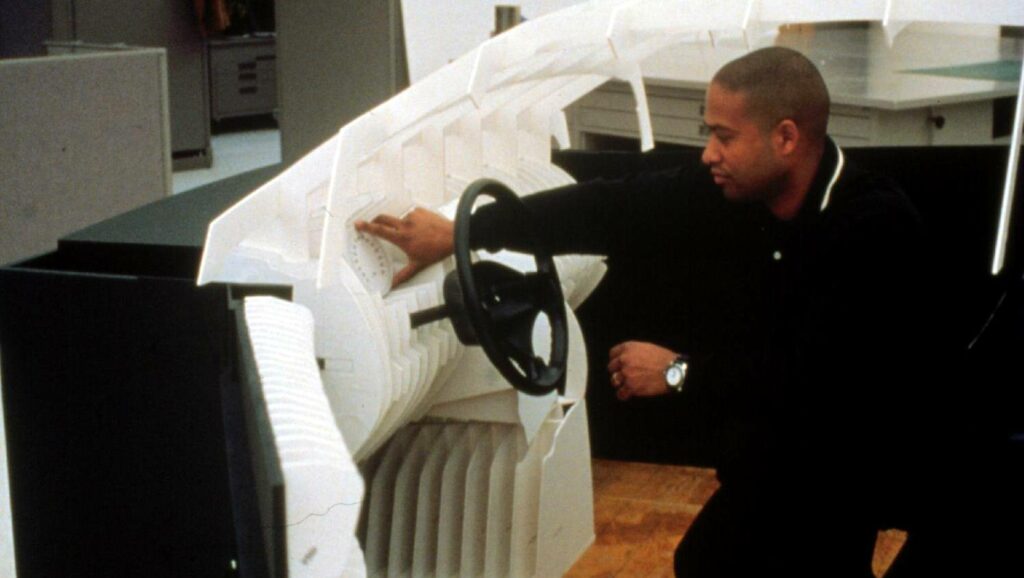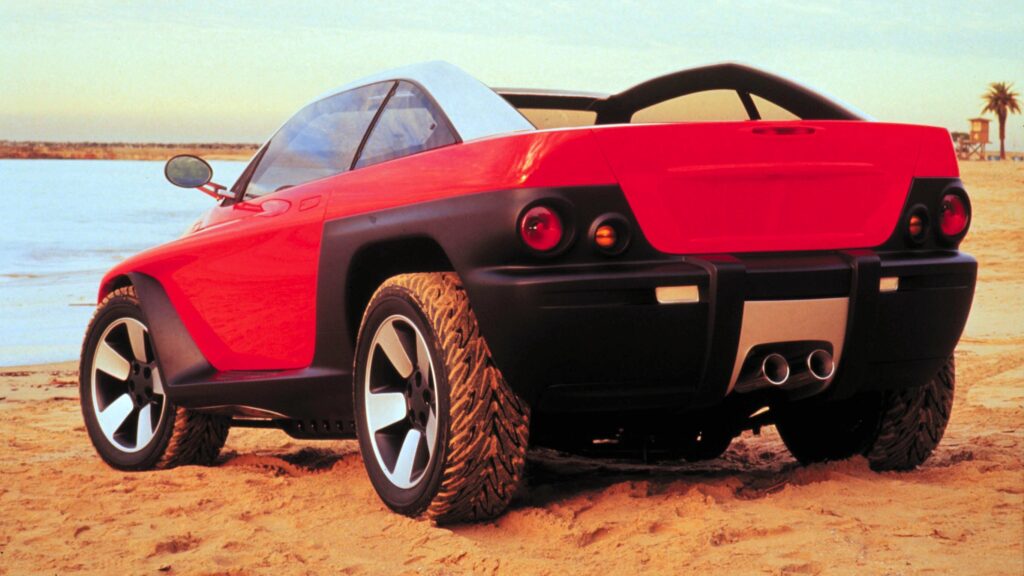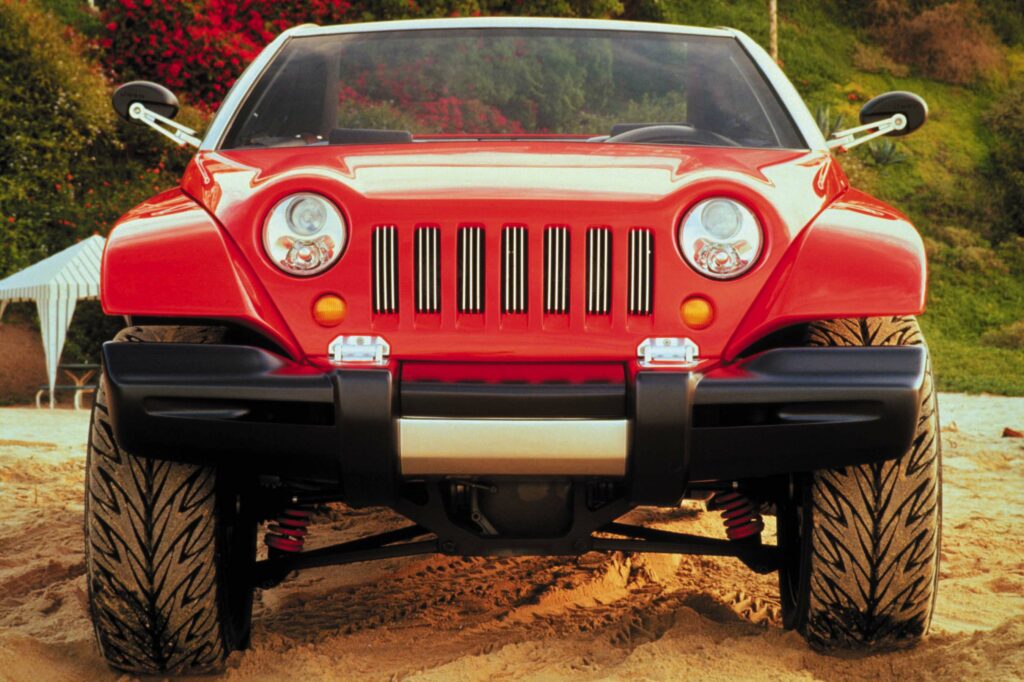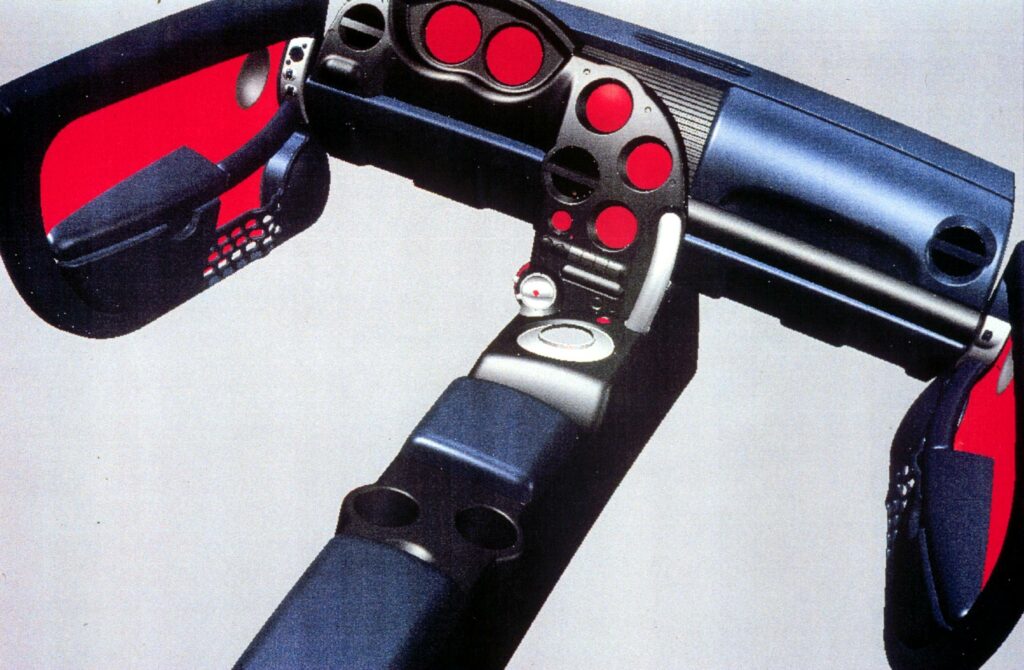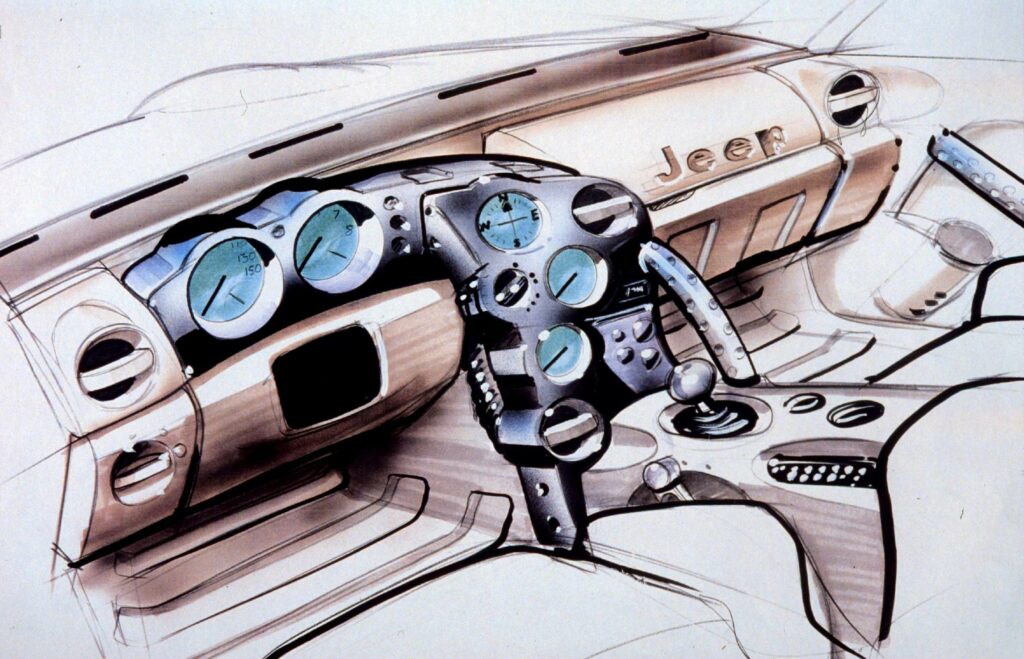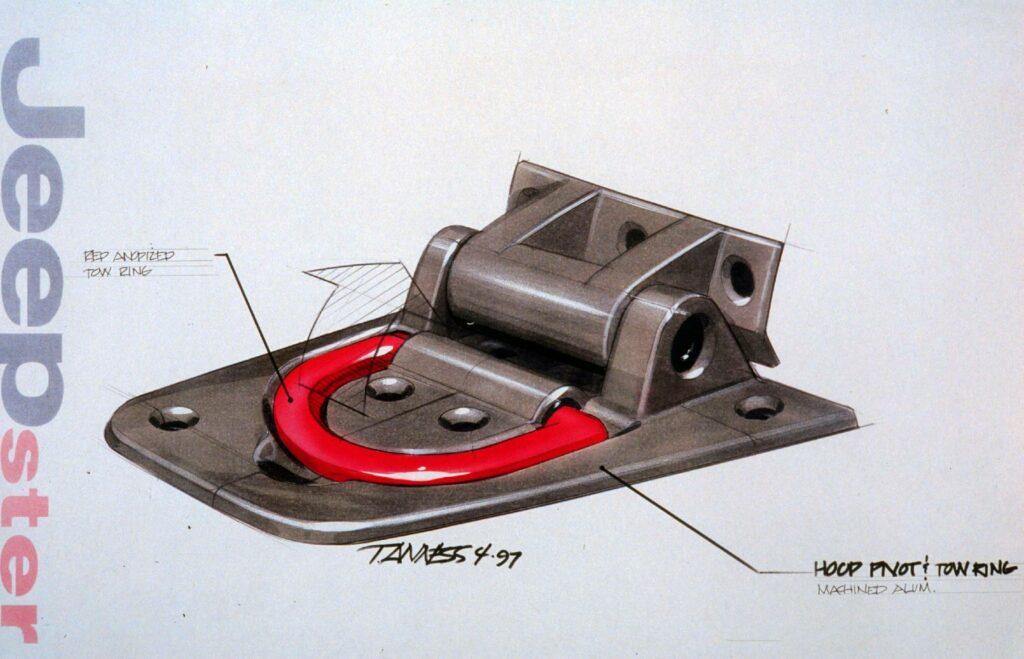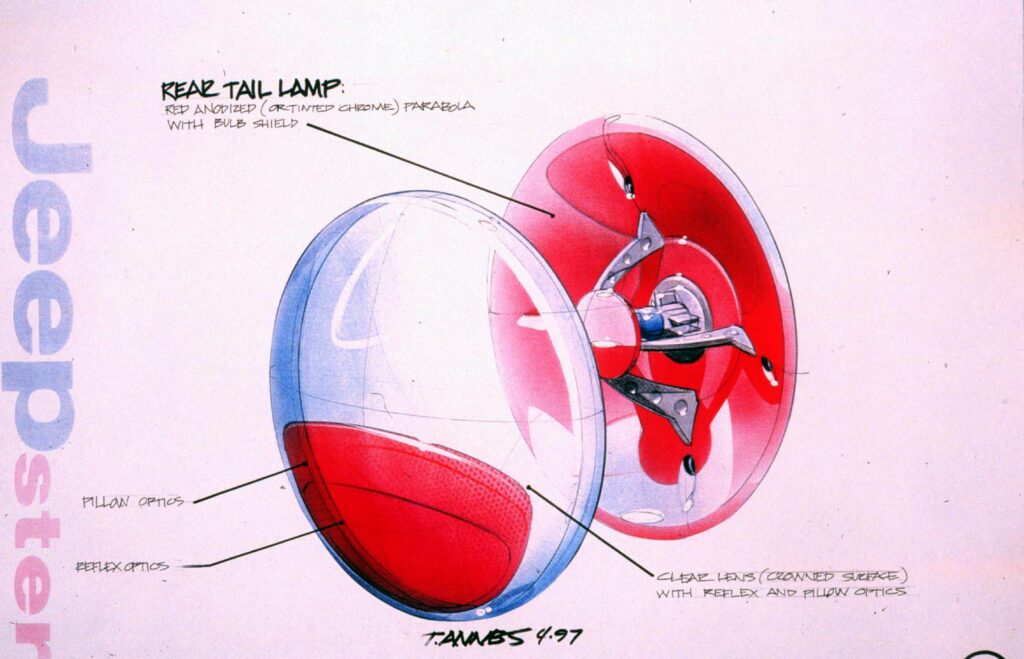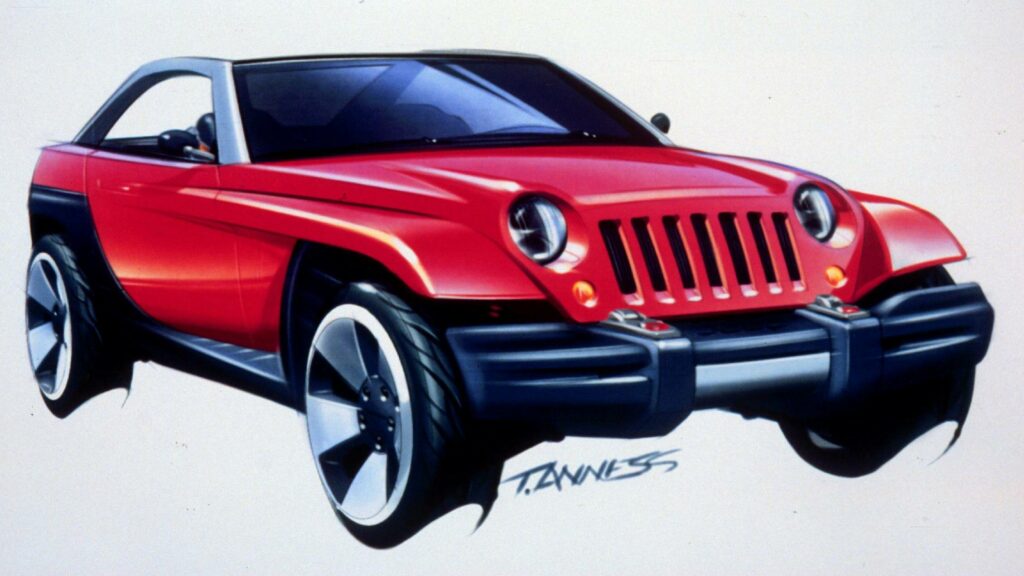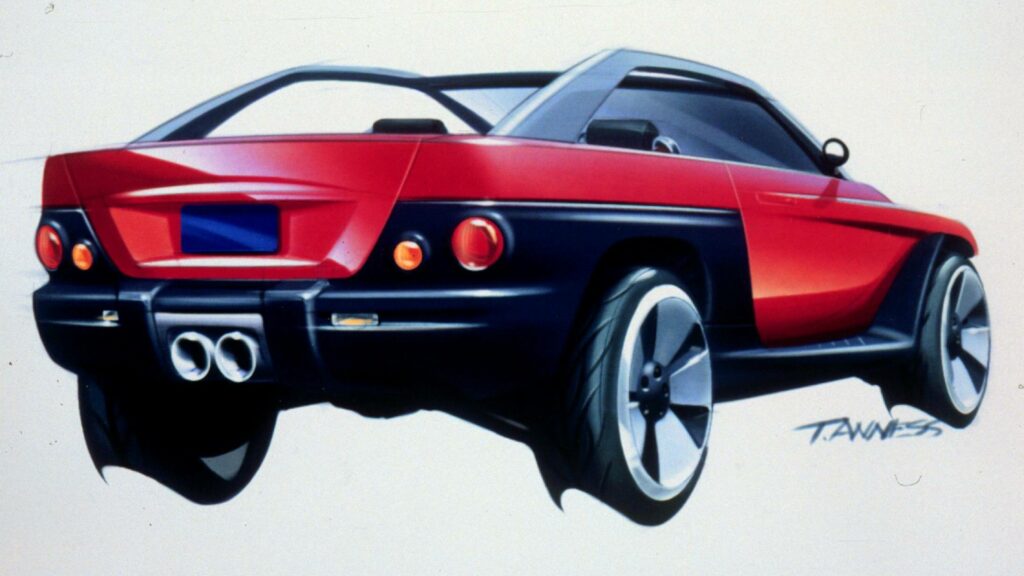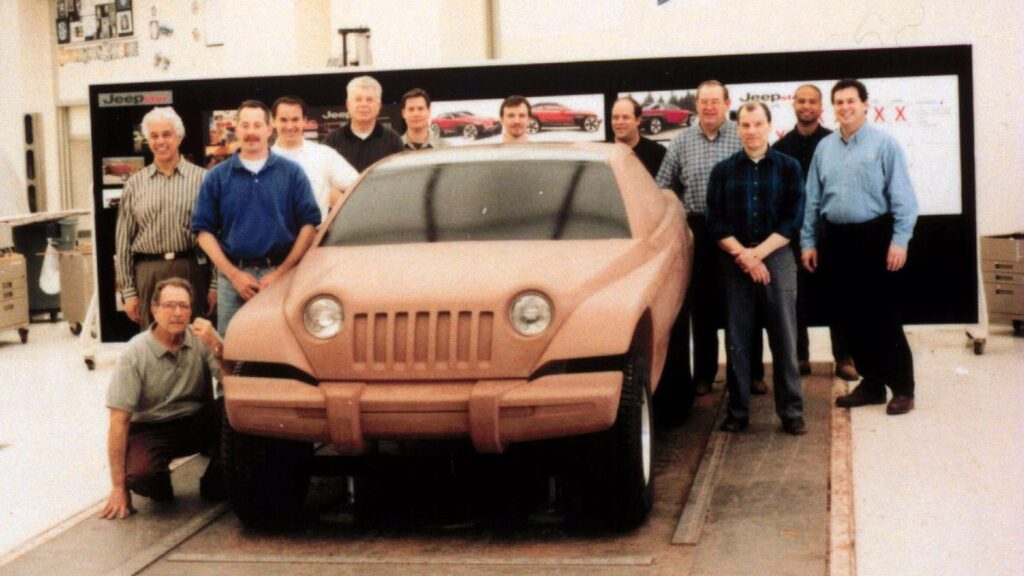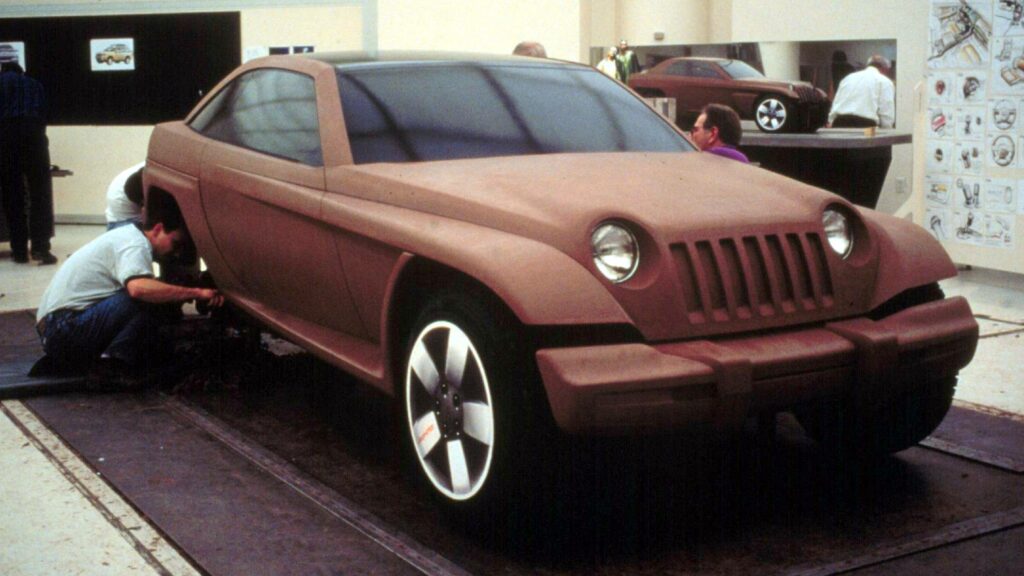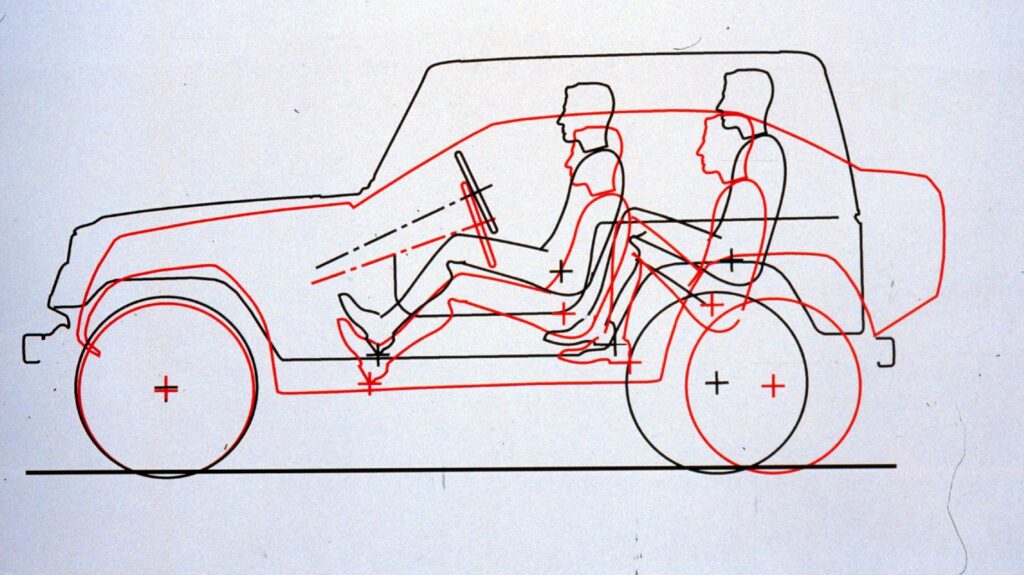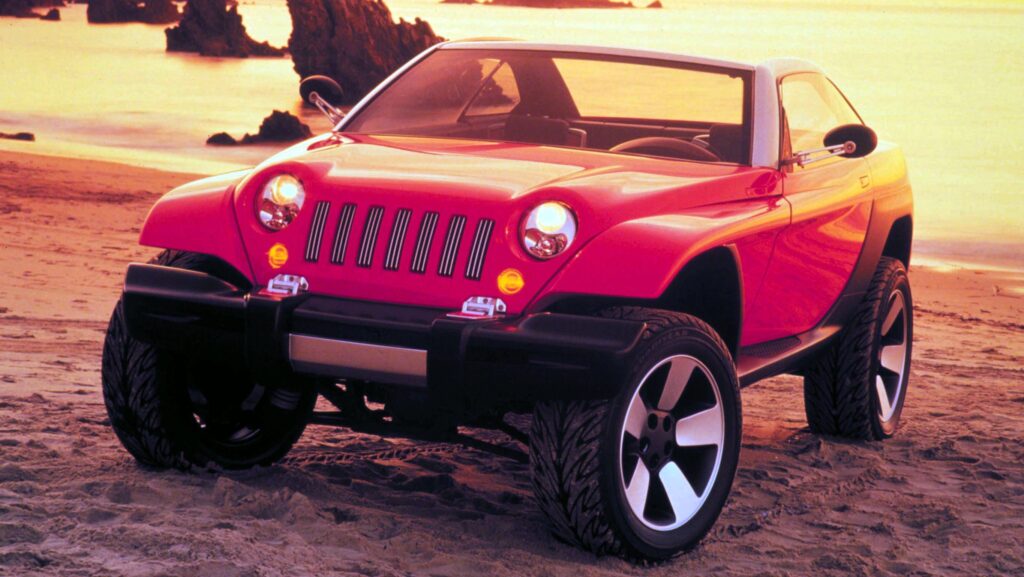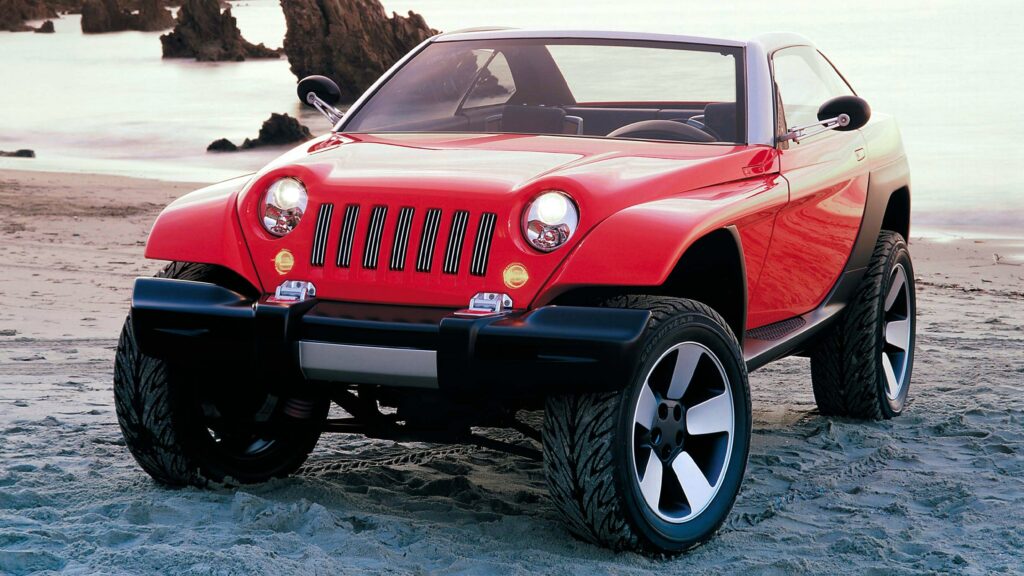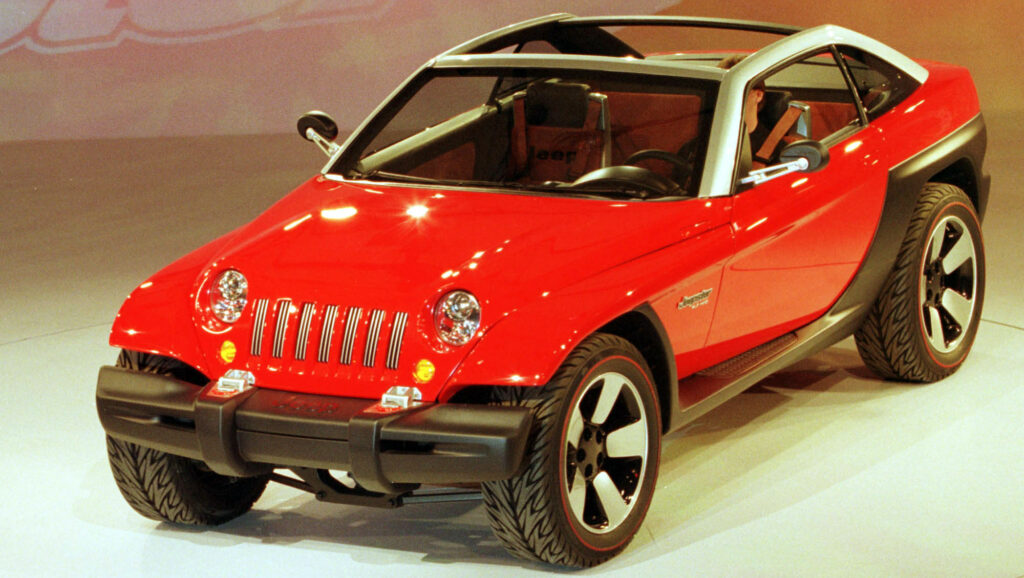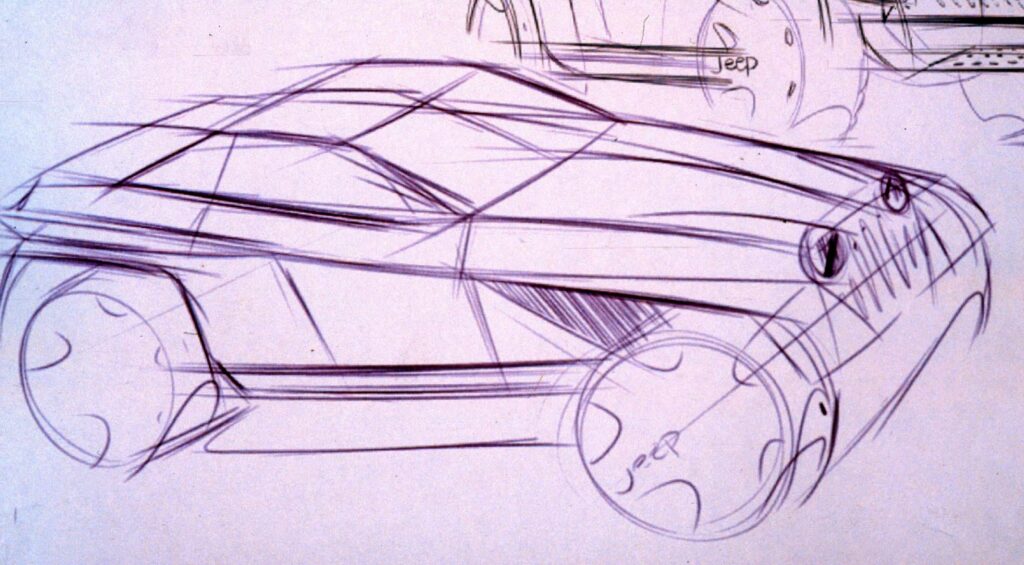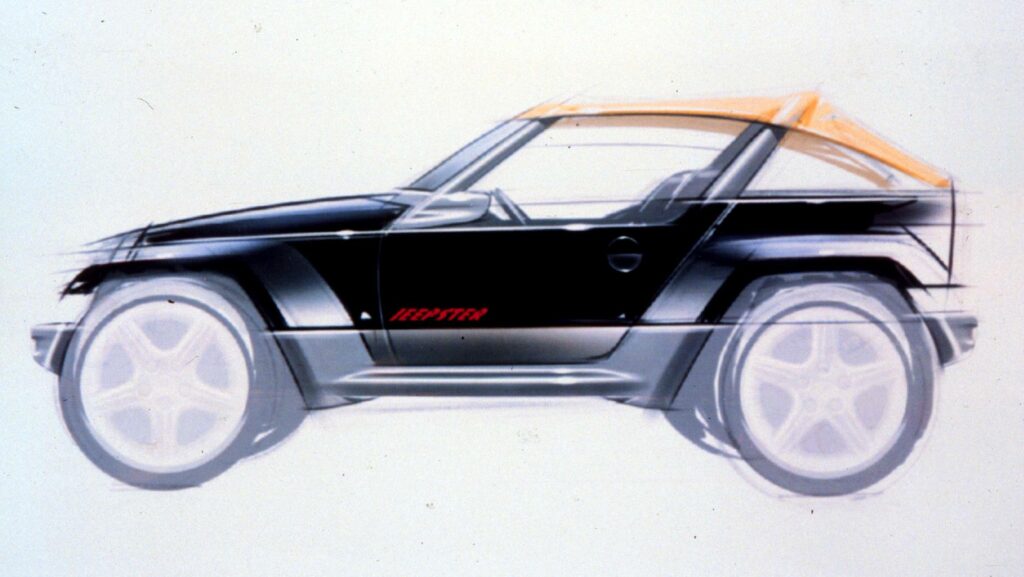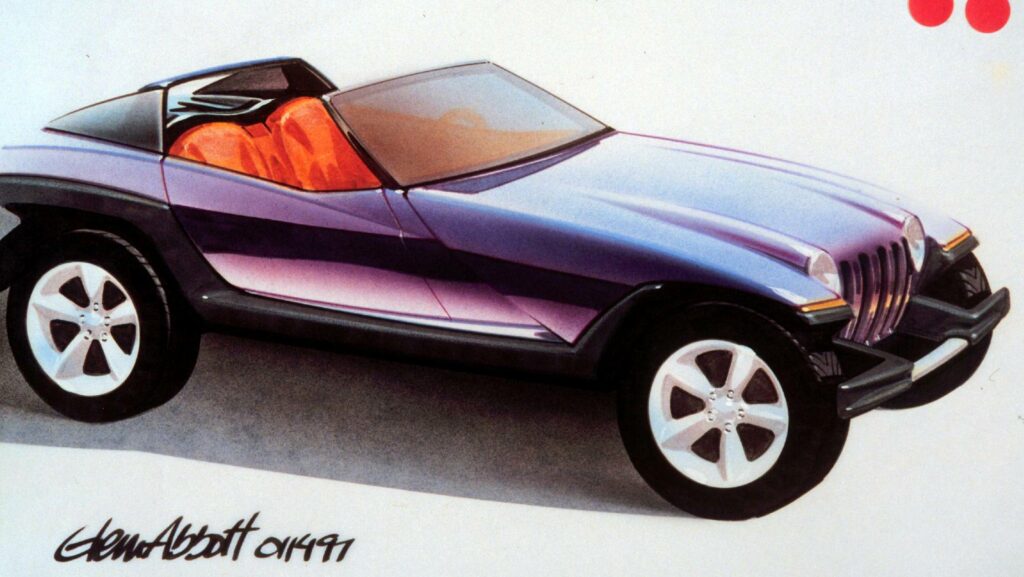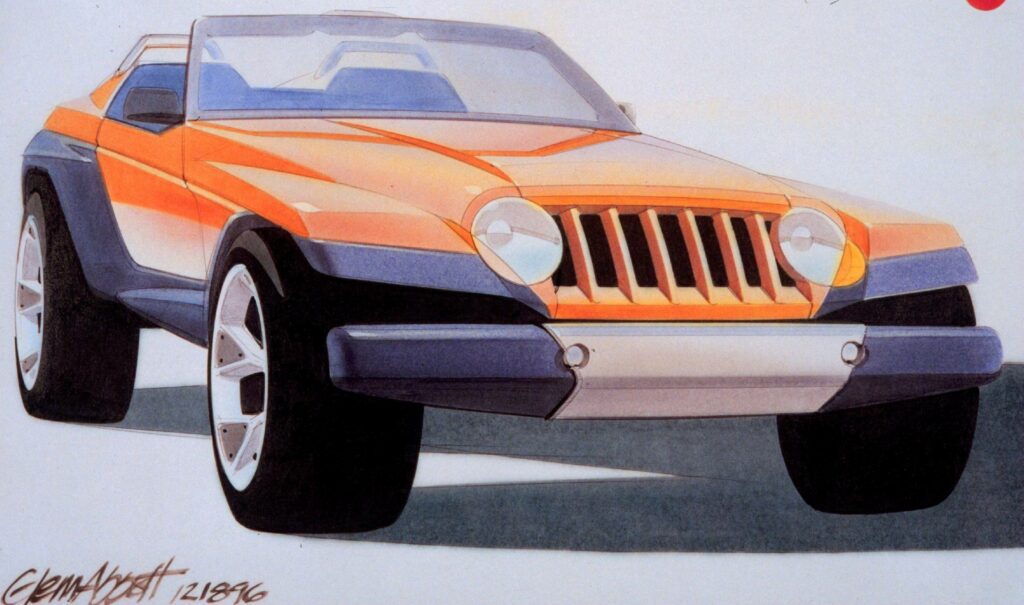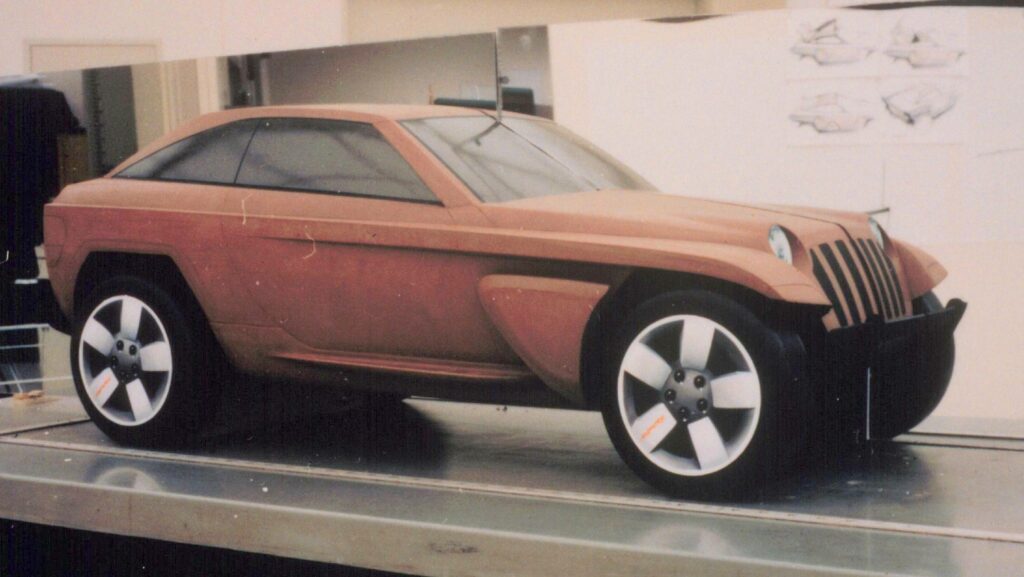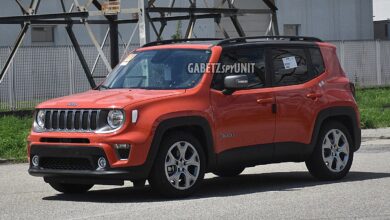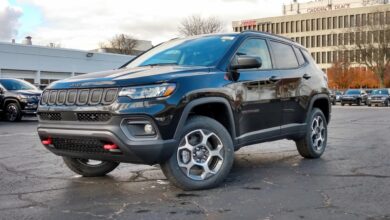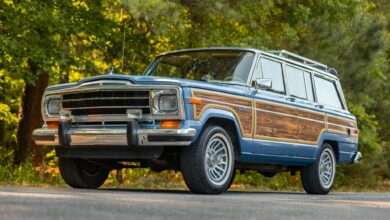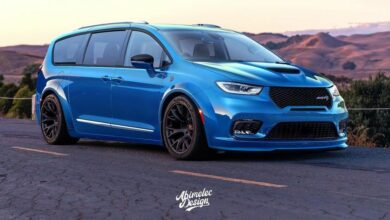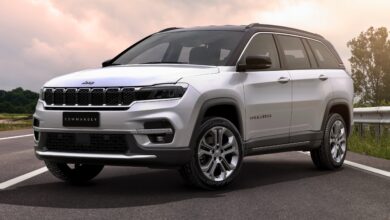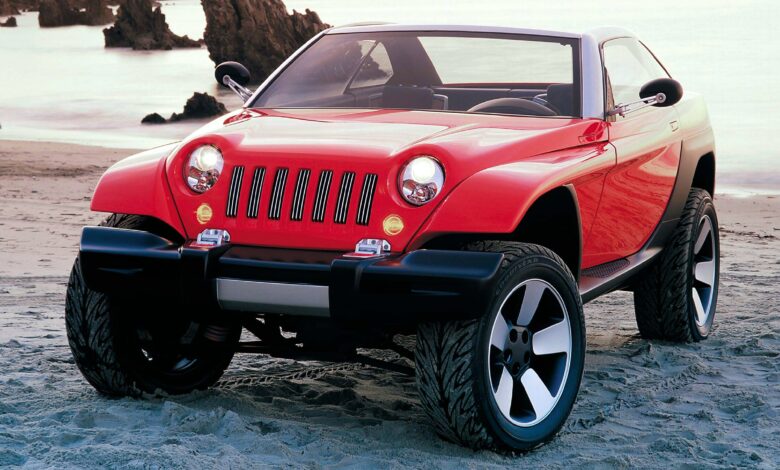
The Jeep® Jeepster is one of the most iconic nameplates within the Jeep® brand. Back in 1998, the iconic off-road brand rolled its modern take on the legendary nameplate on to the stage of the North American International Auto Show (NAIAS) to much appraise. What the brand created was a V8-powered sports car that could tackle the Rubicon Trail, go to the beach, or go for a fun weekend drive in the mountains – the Jeepster Concept was the brand’s ultimate lifestyle vehicle.
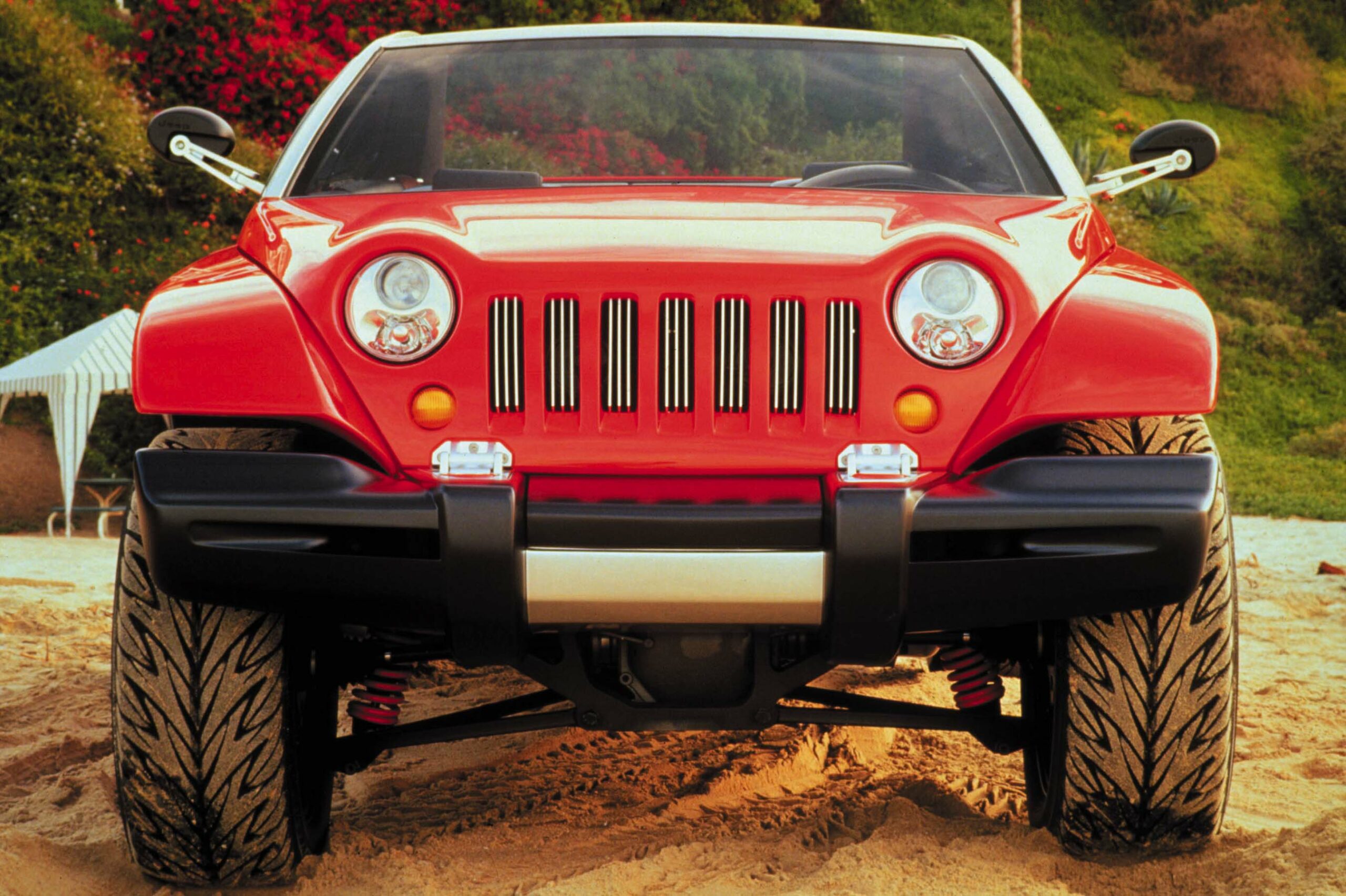
Codename “Project Grizzly” within the company, the Jeep design team was challenged to design a “what if” crossover vehicle. The result was a vehicle that had the power and excitement of a sports car, coupled with the rugged go-anywhere capability of the iconic Wrangler. Hearkening back to the heritage of the Jeep brand, the Jeepster Concept was born.
The Jeepster Concept features an electronic, four-wheel-independent, adjustable suspension that raises or lowers the vehicle by four-inches and adjust the attitude for a more aerodynamic on-road ride. On the street, the Jeepster has a ground clearance of 5.75-inches, which improves ride and handling by lowering the center of gravity and better management of airflow around the vehicle. Off-road, the Jeepster can be adjusted to 9.75-inches of ground clearance, making the vehicle capable of rock climbing. Two switches located on the console could control the adjustable suspension on the fly.
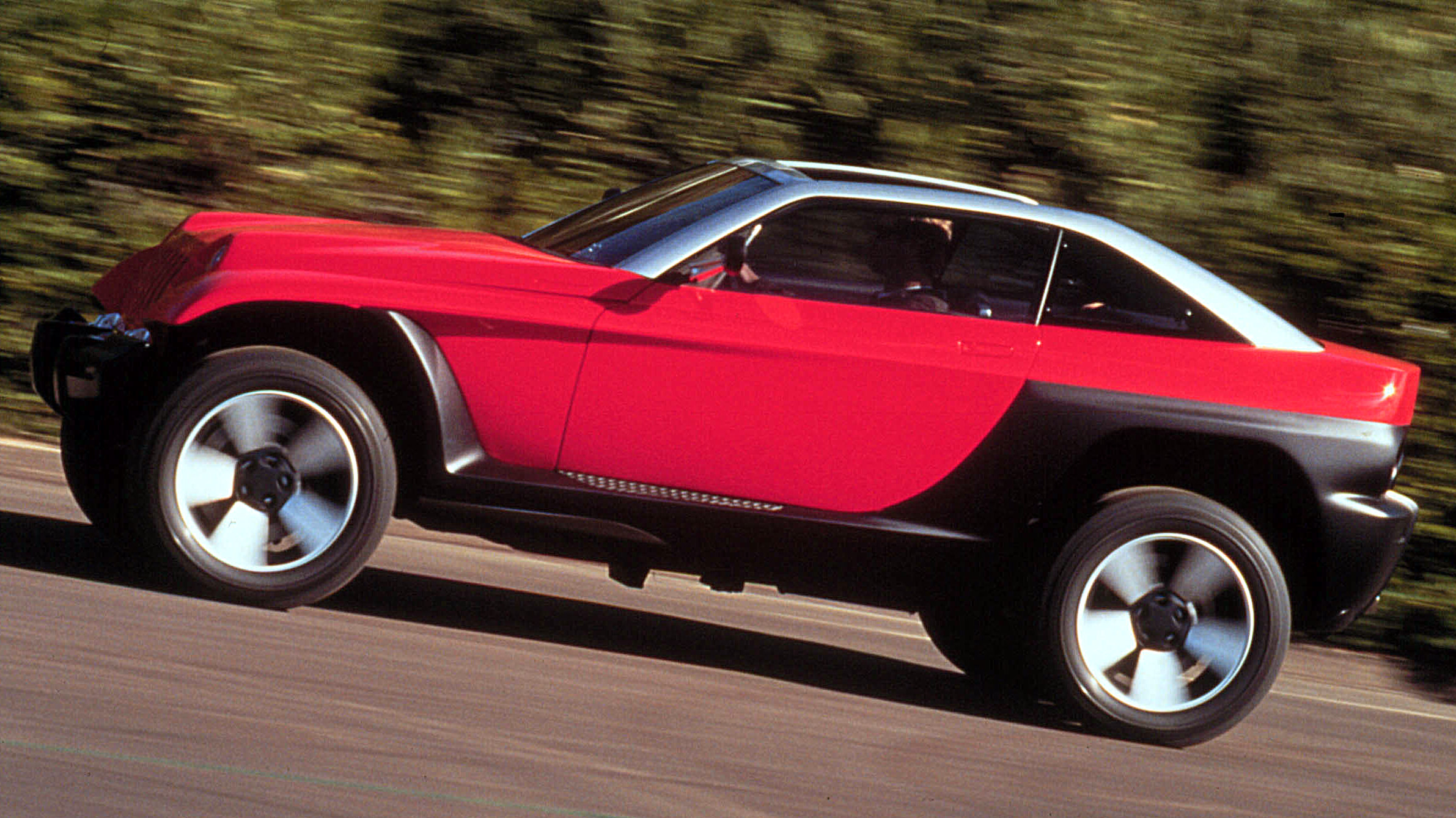
The Quadra-Trac II system was equipped, which was brand new at the time, and is continued to be used in the current 2020 Jeep Grand Cherokee. The Quadra-Trac II system featured a full-time four-wheel-drive system, that allowed torque to be applied to only the rear wheels under normal driving conditions. However, when wheel slippage is detected, the system automatically turns to four-wheel-drive for added traction. The system features a “4-LO” (low range) mode for added off-road capability, by locking the front and rear axles together through the clutch pack.
The Jeepster Concept’s short overhangs, adjustable suspension, Quadra-Trac II system, and skid plates, allowed the vehicle to tackle off-road obstacles with ease. Jeepster’s forward hood hinges, as doubled as tow loops for those tricky spots on the trail or to pull your friends out of a jam.
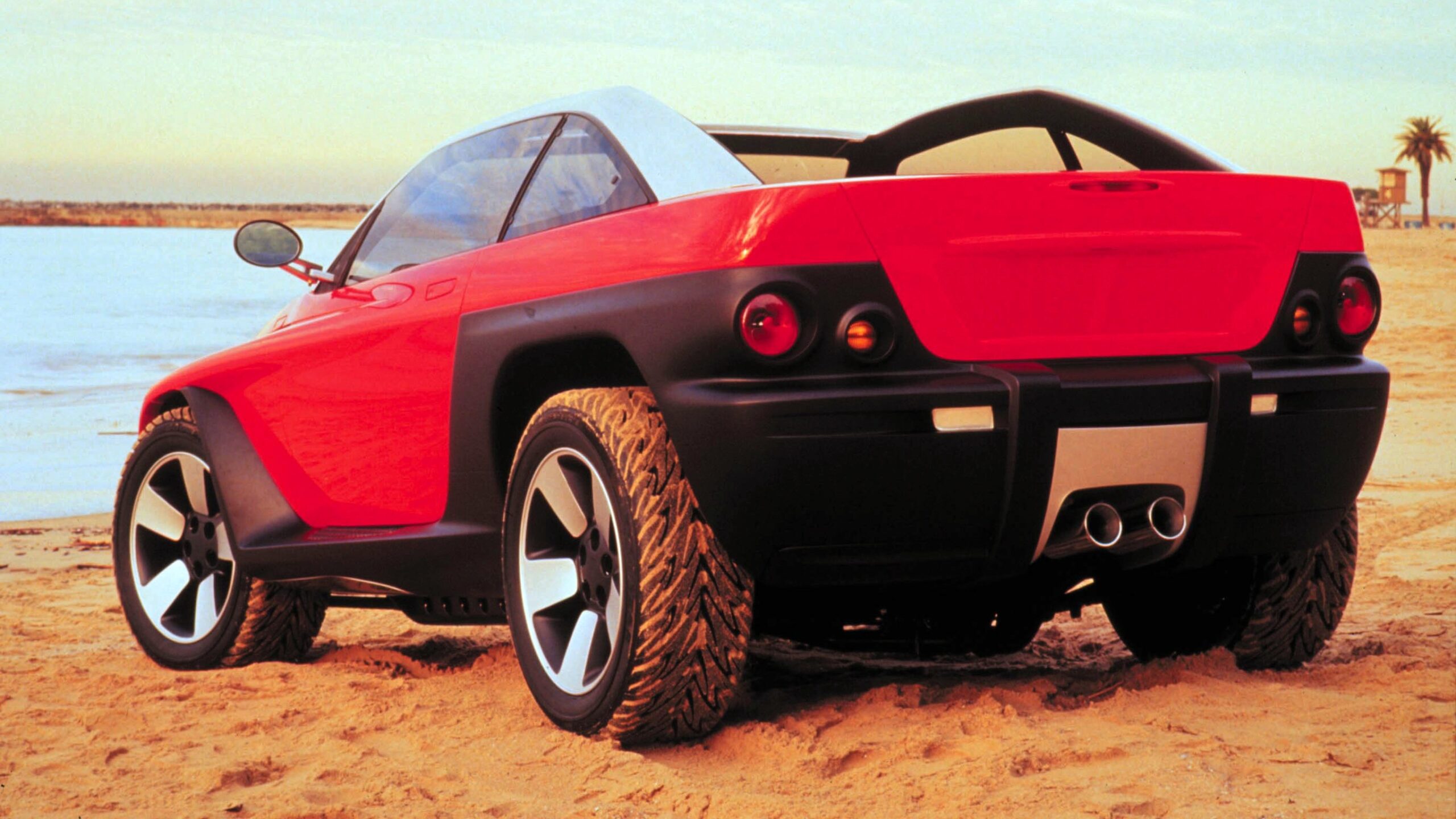
Underneath that forward-hinged hood, was the 4.7-liter “Powertech” V8 (that made its debut in the Grand Cherokee). The engine made 235 horsepower and 295 lb.-ft of torque, which at the time were pretty good ratings. The 4.7-liter was mated with a four-speed automatic transmission. A 3-inch dual exhaust system was added to make some additional V8 grunt noise from the 4.7-liter V8.
The exterior styling of the Jeepster is what really catches the eye. Bold “Intense Red”-painted front fender flares blend into the side panels. The traditional seven-slot grille is there and was flanked by projector headlamps, placed high on the steeply racked grille for optimum lighting efficiency. That design characteristic would find itself on the future Jeep Liberty (KJ) in 2001. The Jeepster’s hood slopped forward, to maximize forward visibility.
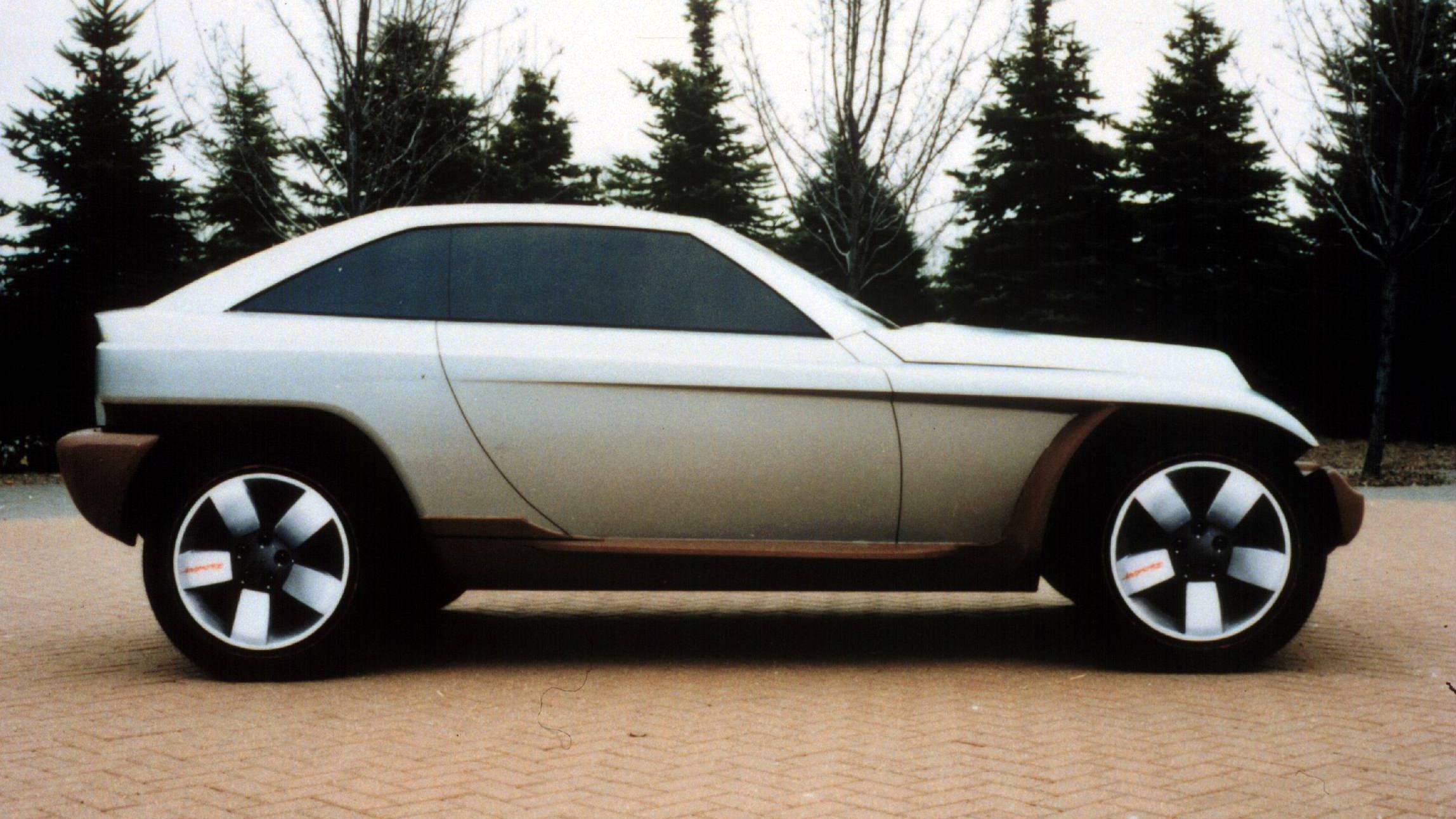
Like the Plymouth (Chrysler) Prowler, the Jeepster had a lower in front and higher at the rear stance, giving the vehicle a bold and aggressive forward motion look. Jeepster also featured a built-in roll cage and a soft top for fast changing into a convertible configuration. Round rear tail lamps, featured reflector details.
Inside the Jeepster Concept, the instrument panel (I/P) features a fighter-jet look. Now Head of FCA Design then worked on the interior of the Jeepster Concept. Some of the Jeepster’s interior I/P elements can be seen on the 2003 Dodge Viper SRT-10 Roadster, another interior Ralph worked on. The compact, multi-function heater controls are arranged concentrically for a unique look featuring “dice” controls. A conceptual navigation system was featured with a re-configurable color flat-screen display. The display also featured similar features as of today’s Uconnect systems in many Jeep products with Off-Road Pages that measured altimeter, a grade and roll indicator, and an exterior temperature sensor.
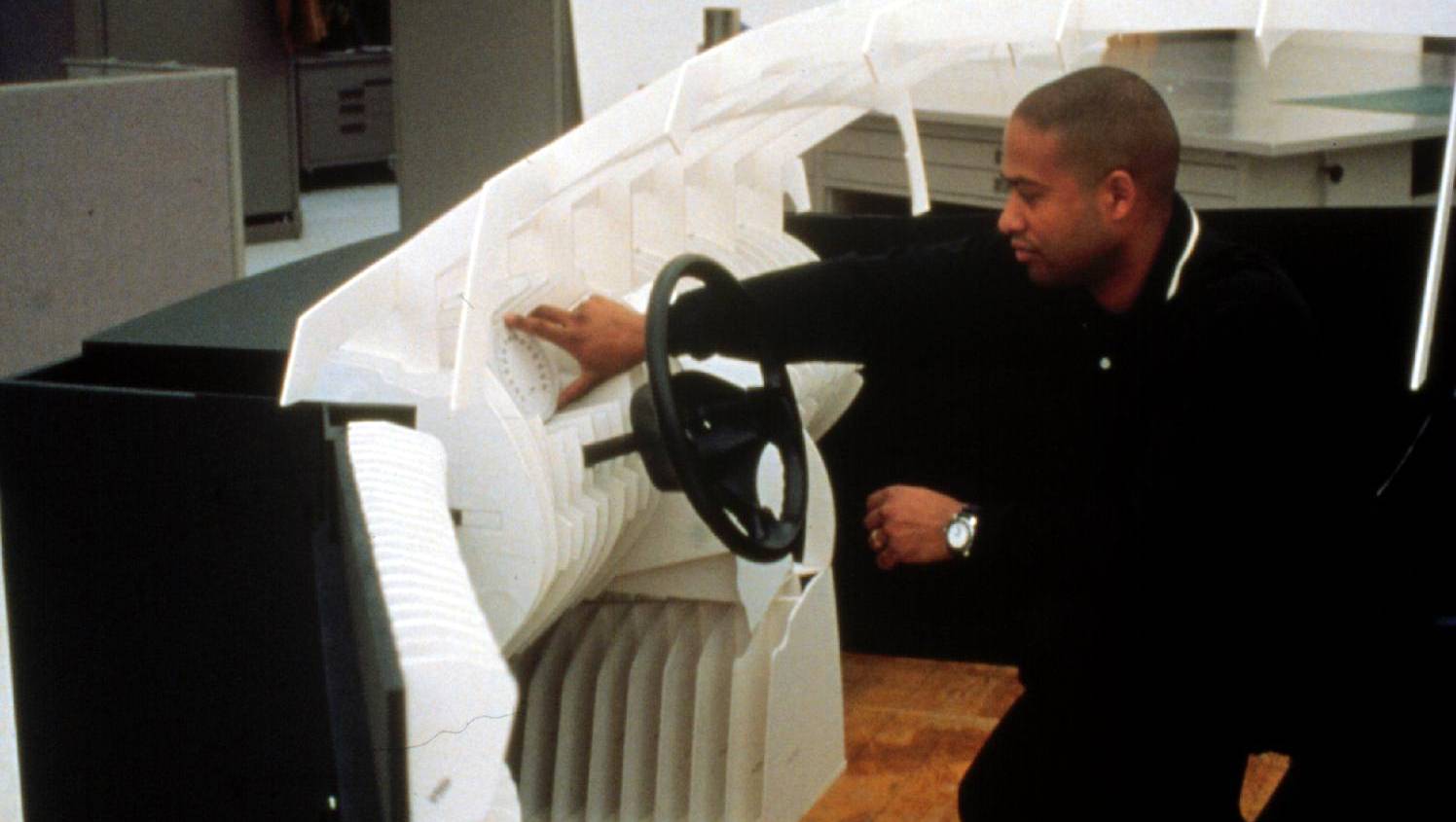
The interior also featured Cognac-colored seats, made of the same weather-resistant leather as rugged hiking boots. The front seats are structural with integrated belts and feature a four-point belt system with a center clasp. Rear seats featured a conventional three-point belt system and fold down for extra cargo room. Sitting is made of a two-plus-two (2+2) seating configuration.
The 3,400-pound Jeepster Concept also showcases deeply sculpted 19-inch 5-spoke aluminum wheels wrapped in Goodyear Extended Mobility Tires (EMT). These were the same tires that were found on the Prowler, and while this isn’t the best tire combination for off-road capability, the EMTs were capable of maintaining their shape, on and off-road, even after a flat, at speeds up to 55 miles per hour for 50 miles. This also eliminated the need for a spare, reducing the weight of the vehicle and creating more usable space for luggage.
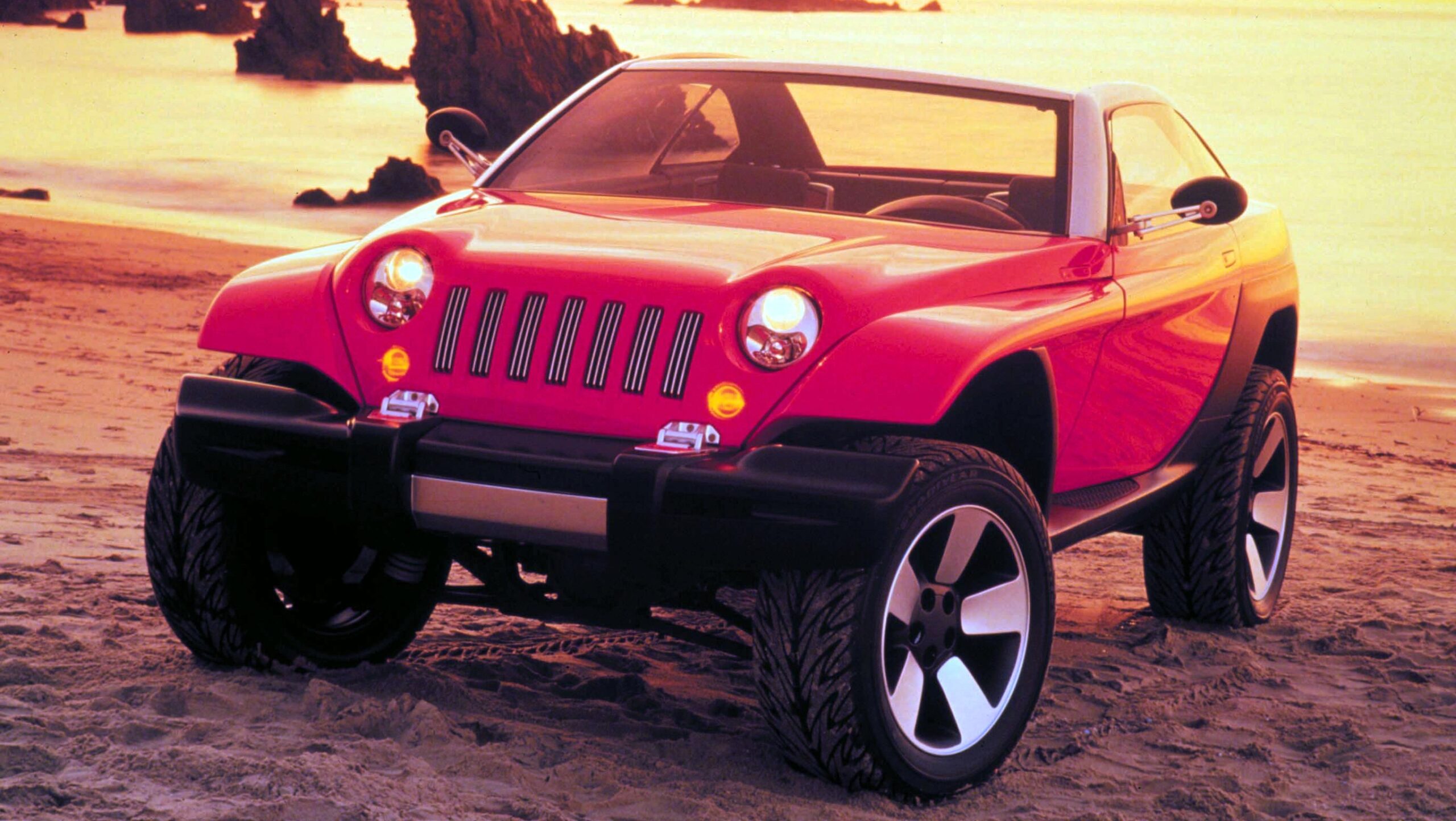
We would love to see the Jeep design team, use the Jeepster Concept idea on a new future vehicle using modern technology, and HEMI-power. The Jeepster Concept in our opinion might just be the greatest lifestyle vehicle to ever come out of Auburn Hills. The Jeep Jeepster Concept is still part of the Chrysler Historical Collection, which is housed at the Conner Center in Detroit and has been featured in several video games, diecast models, and other various toys.
Jeep® Jeepster Concept Image Gallery:

